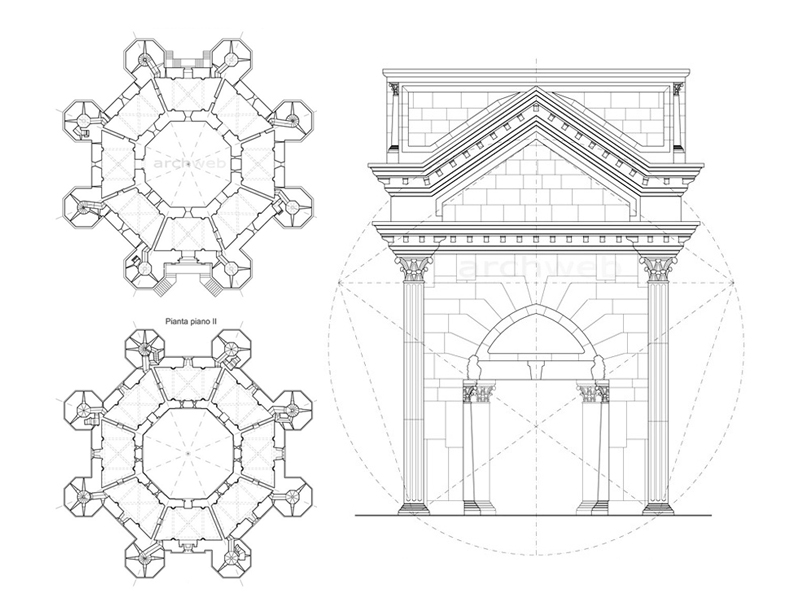Castel del Monte
Fortress of the thirteenth century
Castel del Monte is an imposing building located in the region of Puglia in southeastern Italy. It is one of the best known and most studied monuments of the European Middle Ages, both for its unique architecture and for the mystery surrounding it. Here is an overview of the history and architecture of this extraordinary building:
History: Castel del Monte was commissioned by Emperor Frederick II of Swabia in the 12th century. Frederick II, also known as Frederick Barbarossa, was a key figure in the Holy Roman Empire and ruled much of southern Italy. He built the castle between 1240 and 1250, during his reign.
Despite its considerable historical importance, the precise reasons for the castle’s construction are unclear. Some believe it may have been designed as an imperial residence, a military fortress, or even a symbol of imperial power. However, none of these theories has been conclusively confirmed.
After the death of Frederick II, Castel del Monte went through several phases of occupation and use until it fell into ruin in the 18th century. Over the following centuries, the castle was subjected to restoration and conservation work to preserve its structural integrity.
Architecture:
The most distinctive feature of Castel del Monte is its octagonal shape. This architectural choice is particularly unusual for a medieval castle and has prompted much speculation as to its symbolic or functional significance.
The castle is built entirely of local limestone, without the use of mortar, according to a building skill that demonstrates remarkable technical mastery for the time. The symmetry and precision of its architecture are striking, and many believe it symbolizes the balance and order of the universe.
The interior rooms of the castle are arranged around a central courtyard, with an upper floor accessible by a spiral staircase. The interior shows a mix of Islamic, Byzantine and Romanesque architectural elements, reflecting the cultural diversity present in Frederick II’s reign.
The castle walls are decorated with mysterious symbols and geometric patterns, which have fueled speculation regarding their meanings. Some believe that these symbols may have a connection to alchemy or Kabbalah, but there is no universally accepted theory.
Ultimately, Castel del Monte remains one of the most fascinating and enigmatic monuments of medieval Europe, continuing to attract scholars, tourists and history buffs with its unique charm and aura of mystery.
Works and projects
Sort by
How the download works?
To download files from Archweb.com there are 4 types of downloads, identified by 4 different colors. Discover the subscriptions
Free
for all
Free
for Archweb users
Subscription
for Premium users
Single purchase
pay 1 and download 1





























































